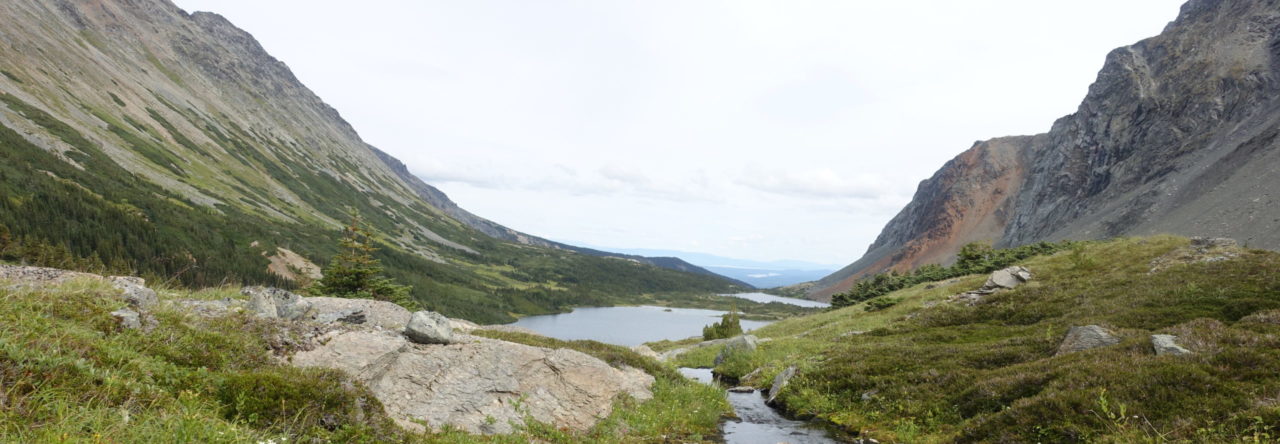Educators respect and value the history of First Nations, Inuit and Metis in Canada and the impact of the past on present and the future. Educators contribute towards truth, reconciliation and healing. Educators foster a deeper understanding of ways of knowing and being, histories, and cultures of First Nations, Inuit and Metis.
One of my goals for this practicum was to more intentionally integrate First Peoples Principles of Learning into the heart of my teaching. I focused on teaching to the whole child (physical, emotional, intellectual, and spiritual). At the core of many of my lessons I focused on our connection to the land and each other, embedding the First People’s Principle of Learning, “Learning is holistic, reflexive, reflective, experiential, and relational (focused on connectedness, on reciprocal relationships, and a sense of place).”
With learning primarily happening outdoors, I focused on encouraging learners to connect through their five senses to appreciate, reflect on, and strengthen their connection to the land. I also focused on exploring and appreciating the resilience of our Wet’suwet’en neighbours and the language, skills, technologies, and perspectives that our Wet’suwet’en ancestors developed which contribute to our current way of knowing and doing. I did this by planning lessons that helped students engage with these perspectives, language, and skills through their heads, hearts, and hands. Some of the seasonal specific skills we experimented with were winter hunting skills using the Hoop and Stick game (Found in Niwhts’ide’nı̈ hibi’it’ën = The ways of our ancestors : Witsuwit’en history & culture throughout the millennia) and shelter building skills (attempting to build a winter pit house). Through these experiences, students had the opportunity to build appreciation for the resilience, skills, technologies, and perspectives of our Wet’suwet’en neighbours and ancestors.
Another way I worked to weave Indigenous ways of knowing into my teaching is by incorporating Wit’suwit’en language, vocabulary, and stories throughout many of my lessons. It is my hope that through regular practice, students of all backgrounds will regenerate and share this beautiful language. I read and explored books that incorporated local First Nations language and worldview such as Trudy’s Healing Stone.
I acknowledge that I still have a lot to learn. It is my goal to continue to build relationships and community with my Wet’suwet’en neighbours and help my future students to do so as well.

